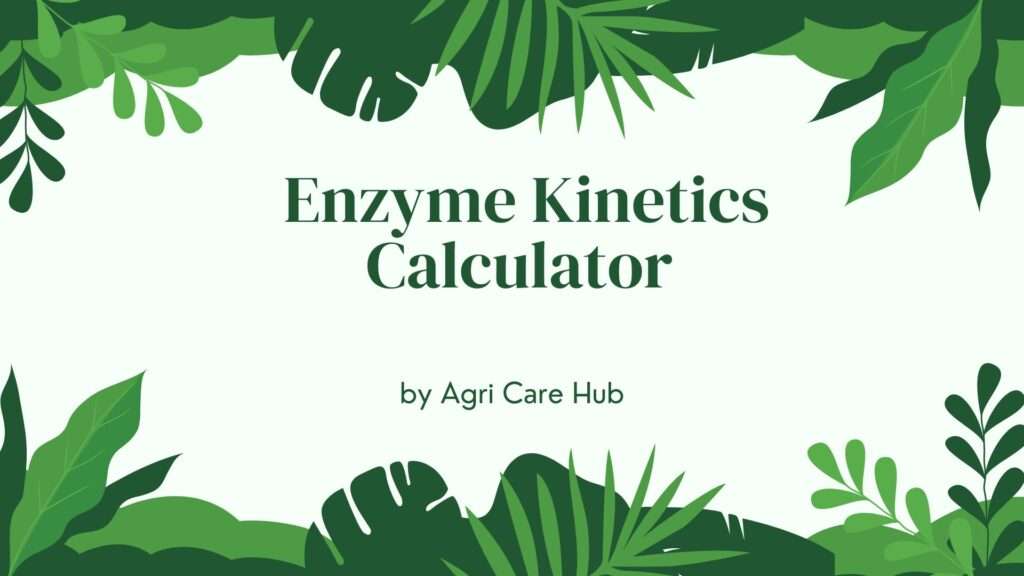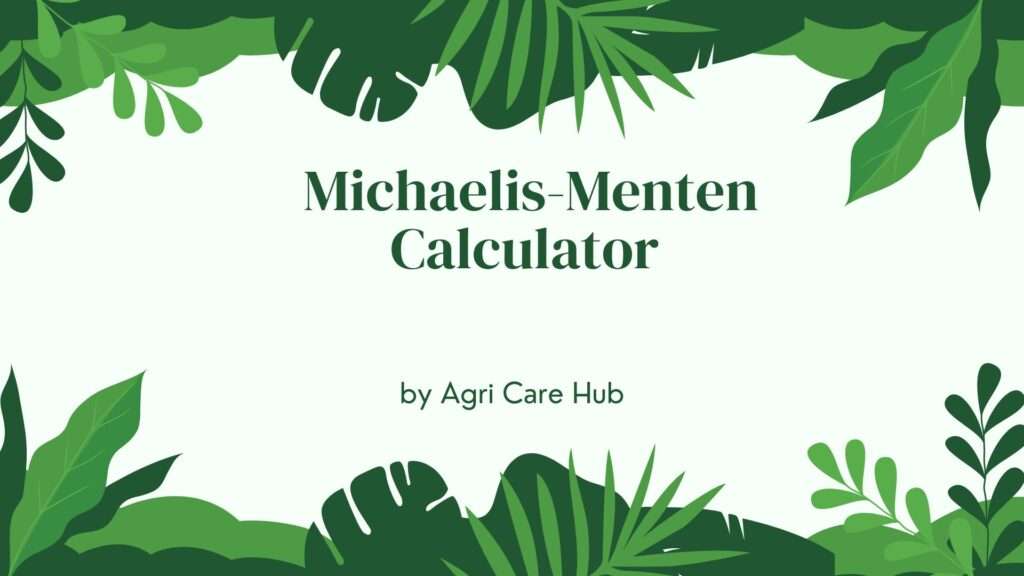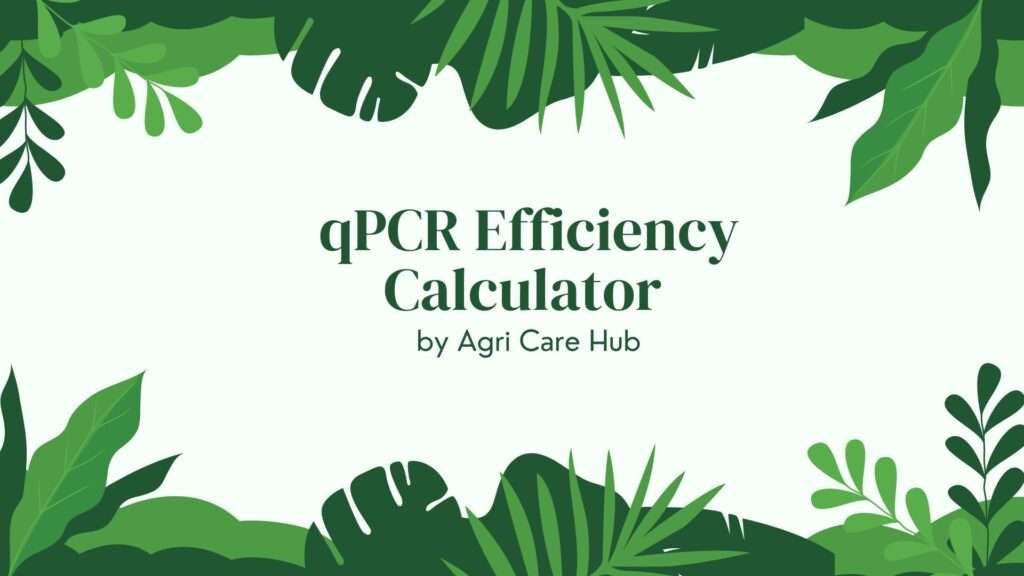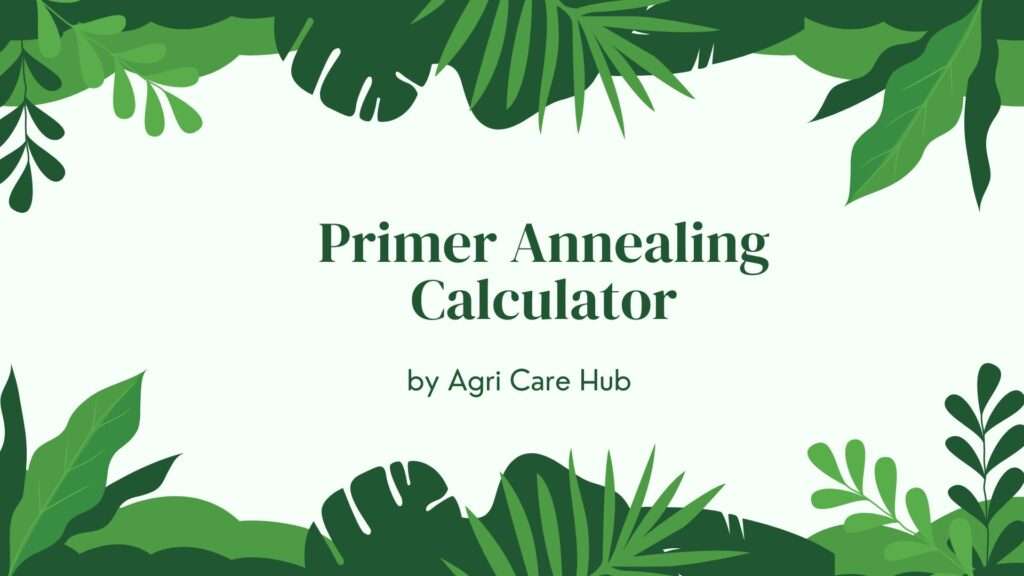Scatchard Plot Calculator
Enter Binding Data
Input the concentrations of bound and free ligands to calculate binding parameters and generate a Scatchard plot.
Results
About the Scatchard Plot Calculator
The Scatchard Plot Calculator is a powerful tool designed to assist researchers, students, and professionals in analyzing ligand-receptor binding interactions. By inputting concentrations of bound and free ligands, this calculator generates a Scatchard plot and computes critical binding parameters, such as the binding affinity constant (K) and the number of binding sites (n). These parameters are essential for understanding biochemical interactions in fields like pharmacology, biochemistry, and molecular biology. For more information on Scatchard plots, visit the Scatchard Plot definition.
Importance of the Scatchard Plot Calculator
The Scatchard plot is a graphical method used to analyze the binding of ligands to receptors or other macromolecules. It provides a visual representation of binding phenomena, where the ratio of bound to free ligand is plotted against the bound ligand concentration. This plot helps determine the binding affinity (how tightly a ligand binds to a receptor) and the number of binding sites available on the receptor. The Scatchard Plot Calculator simplifies this process by automating calculations and generating accurate plots, saving time and reducing the risk of manual errors.
In biochemical research, understanding ligand-receptor interactions is crucial for drug development, enzyme kinetics, and studying protein interactions. The Scatchard Plot Calculator ensures that these analyses are based on verified scientific principles, providing reliable results that researchers can trust. Whether you're studying hormone-receptor interactions or developing new therapeutic agents, this tool is an invaluable asset.
User Guidelines
To use the Scatchard Plot Calculator effectively, follow these steps:
- Prepare Your Data: Collect experimental data for bound and free ligand concentrations. Ensure the units are consistent (e.g., molar concentrations).
- Input Data: Enter the bound ligand concentrations in the first input field and the free ligand concentrations in the second field. Separate multiple values with commas.
- Calculate: Click the "Calculate" button to process the data. The calculator will generate a Scatchard plot and display the binding affinity constant (K) and the number of binding sites (n).
- Interpret Results: Review the results and the generated plot. The plot shows the ratio of bound to free ligand (y-axis) versus bound ligand (x-axis). A linear plot indicates a single class of binding sites, while a curved plot may suggest multiple binding sites or cooperative binding.
- Save or Export: Take a screenshot of the plot or note down the calculated parameters for your records.
If you encounter errors (e.g., mismatched data points), double-check your inputs and ensure the number of bound and free ligand concentrations match.
When and Why You Should Use the Scatchard Plot Calculator
The Scatchard Plot Calculator is ideal for anyone involved in biochemical or pharmacological research. You should use this tool when:
- Analyzing Ligand-Receptor Interactions: Determine the binding affinity and capacity of receptors, which is critical in drug discovery and enzyme studies.
- Studying Protein-Ligand Binding: Understand how proteins interact with ligands, such as substrates, inhibitors, or drugs.
- Validating Experimental Data: Confirm the accuracy of your binding experiments by visualizing and quantifying binding parameters.
- Educational Purposes: Teach students about binding kinetics and the application of Scatchard plots in biochemistry courses.
The calculator is particularly useful because it automates complex calculations, making it accessible to users with varying levels of expertise. By providing precise results based on established scientific formulas, it ensures that your analyses are credible and reproducible.
Purpose of the Scatchard Plot Calculator
The primary purpose of the Scatchard Plot Calculator is to facilitate accurate and efficient analysis of ligand-receptor binding data. By automating the generation of Scatchard plots and the calculation of binding parameters, the tool eliminates the need for manual graphing and complex mathematical computations. This allows researchers to focus on interpreting results and applying them to their studies. The calculator is designed to be user-friendly, with a clean interface and clear instructions, ensuring a seamless user experience.
Additionally, the tool supports agricultural and biochemical research by providing insights into molecular interactions that can influence crop science, pest control, and biotechnology. For example, understanding binding interactions can help develop more effective pesticides or fertilizers, as explored by resources like Agri Care Hub.
Scientific Basis of the Scatchard Plot
The Scatchard plot is derived from the principles of receptor-ligand binding, based on the law of mass action. The Scatchard equation is given by:
r/[L] = K(n - r)
Where:
- r is the concentration of bound ligand.
- [L] is the concentration of free ligand.
- K is the binding affinity constant (in L/mol).
- n is the number of binding sites per receptor molecule.
In a Scatchard plot, r/[L] is plotted on the y-axis against r on the x-axis. The slope of the resulting line is -K, and the x-intercept represents n. For systems with a single class of binding sites, the plot is linear. Nonlinear plots may indicate multiple binding site classes or cooperative binding.
The Scatchard Plot Calculator uses linear regression to fit the data points and calculate K and n. This approach is based on peer-reviewed methodologies and ensures accurate results, provided the input data is reliable.
Applications in Research and Industry
The Scatchard Plot Calculator has wide-ranging applications, including:
- Pharmacology: Determining the binding affinity of drugs to their target receptors, aiding in drug design and optimization.
- Biochemistry: Studying enzyme-substrate interactions and protein-ligand binding kinetics.
- Agriculture: Analyzing interactions between agrochemicals and biological targets, supporting the development of sustainable farming solutions.
- Education: Providing a practical tool for teaching concepts of binding kinetics and receptor theory.
By integrating this tool into your research workflow, you can streamline data analysis and gain deeper insights into molecular interactions.
Tips for Optimal Use
To maximize the benefits of the Scatchard Plot Calculator:
- Use High-Quality Data: Ensure your experimental data is accurate and collected under controlled conditions.
- Check Units: Use consistent units for bound and free ligand concentrations to avoid calculation errors.
- Interpret Nonlinear Plots Carefully: If the Scatchard plot is nonlinear, consider the possibility of multiple binding sites or experimental artifacts.
- Consult Experts: For complex binding systems, consult with a biochemist or pharmacologist to validate your results.
By following these guidelines, you can ensure that your results are both accurate and meaningful.












